Workforce Management Technology Checklist

Workforce management technology has evolved to include a host of employee time and attendance functions including:
- Overtime and absence management
- Labor budget management
- Scheduling
- Project management
- Forecasting
Employers utilize workforce management technology to match organizational demand with a proper allocation of available resources.
The objective of implementing workforce management technology is clear: maintain a productive workforce by gaining strategic insight into labor strengths and weaknesses and to determine if and where changes are required that improve output.
There are several crucial reasons for implementing workforce management technology into an organization. Let’s take a look at what a company should have on its “checklist” of workforce management technology:
An Audit of the Current Workforce Infrastructure
 To improve and streamline workforce management, it is very important to get a clear idea of existing workforce management systems in place and how effective they are to support current policies. Conducting an audit will help uncover workforce processes that require improvements such as:
To improve and streamline workforce management, it is very important to get a clear idea of existing workforce management systems in place and how effective they are to support current policies. Conducting an audit will help uncover workforce processes that require improvements such as:
- Employee time and attendance
- Payroll
- Overtime adjustments
If the audit reveals that a workforce management system is not sufficient to improve labor tracking, productivity, or payroll accuracy it is more effective to integrate a biometric time clock with existing infrastructure than completely replacing it. This is more cost effective and will be more easily adaptable by employees, making implementation and training much easier and less time consuming, and helping to reduce overall workforce management expenses.
Choosing the Right Biometric Modality
Choosing the right workforce management technology is very important, and it is no different when it comes to choosing the right biometric modality to implement. There are several biometric modalities to choose from including:
Each modality has its unique features based on certain factors that companies should consider before implementation. Common factors to be considered include:
- Number of employees
- Physical location
- Tasks (identification or verification)
- Security risks
- User demographics
- Existing data
Unique biometric modality features should be evaluated keeping these factors in mind. The effectiveness of a particular biometric system deployment is dependent on how and where the technology is used. For example, construction workers are likely to have dry, cut or damaged fingers, so a fingerprint (which presents identification challenges due to poor skin integrity) is not a suitable modality for deployment at construction sites.
A Unimodal or Multimodal Biometric System?
Is it more effective to deploy a unimodal or multimodal biometric system for workforce management? Studies show that in some cases, it is more effective to deploy multifactor authentication to ensure accurate workforce data. What does it mean to have a multimodal instead of a unimodal biometric system in place?
Prior to implementing a biometric system, it is very important to find out how well it can be implemented alongside with the existing workforce management technology.
Certain limitations imposed by a unimodal biometric system can be overcome by using multiple biometric modalities. Multimodal systems are expected to be more reliable due to the presence of multiple, independent biometric traits.
A good example of a multimodal biometric solution would be Hybrid Biometric Platform™. Hybrid Biometric Platform is a multimodal biometrics system that supports a variety of biometric hardware and can be configured to support concurrent biometric modalities.
Hardware – Biometric Device
Rapid advancements in biometric technology have produced several different kinds of biometric hardware to choose from for implementation.
Businesses need to consider all related hardware factors that may have an effect on deployment success. These factors are:
- Liveness detection
- Spoof detection
- Mobility
“Smart” fingerprint readers such as M2-FuseID™ are capable of simultaneously capturing a high-quality fingerprint image as well as finger vein pattern, increasing security and reliability with strong liveness detection to eliminate spoof attacks.
ROI – Return on Investment
When a business decides to improve workforce management technology by integrating a biometric identification system, it also becomes important to develop an understanding of potential return on investment. To better understand this, it is a good idea to conduct a pilot project first. For example, if a company requires deployment of ten fingerprint scanners at ten different points for employee time and attendance tracking, first consider deploying a single fingerprint scanner at one primary point for a short period of time. Actual ROI can then be calculated and analyzed for deployment expansion.
This will also allow employers to see how employees react to the use of a biometric system. You can always implement a system wide biometric deployment all at once, but you run the risk of not knowing what your ROI will be as well as employee perception and acceptance. Starting with a pilot enables employers to evaluate impact and ROI before a system wide rollout.
Here is an example of a company that implemented workforce management technology:
According to a ROI Study by Cedar Crestone, Santos Inc., (a major Australian oil and gas exploration and production company who implemented workforce management technology to automate error checking and for detailed time tracking) they recovered more than A$529,000 (US $391,000) in labor expenses while reducing timesheet reworks.
Conclusion
Biometric workforce management technology has great potential to prevent employee time theft, prevent buddy punching, increase productivity, and lower payroll error rates. A biometric time and attendance solution integrated as part of a company’s workforce management technology improves timekeeping system efficiency and accuracy while saving payroll costs and increasing profits.



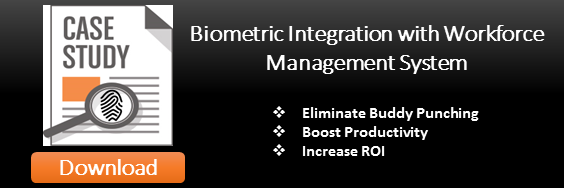



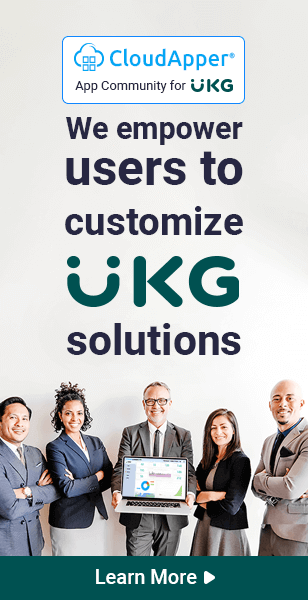
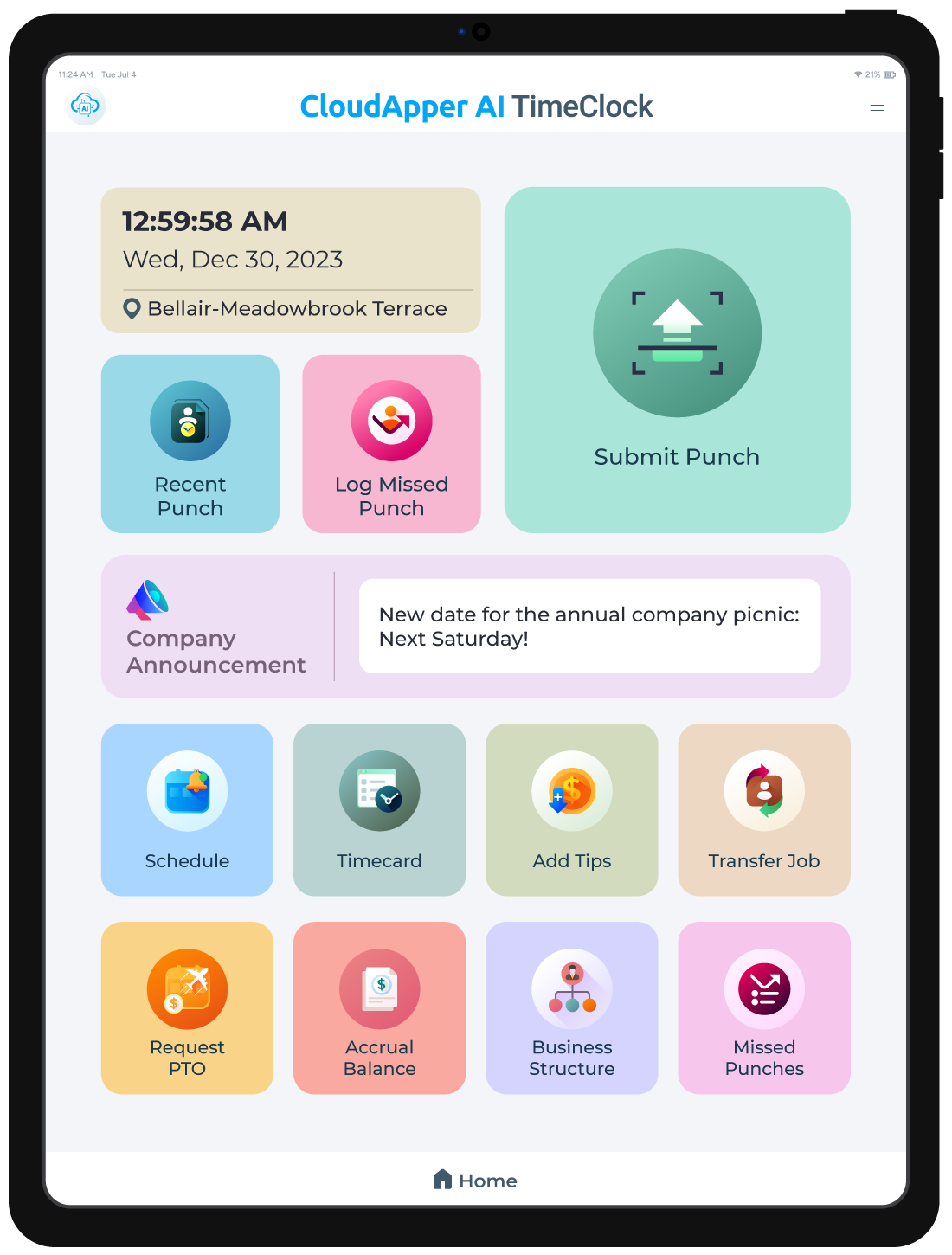

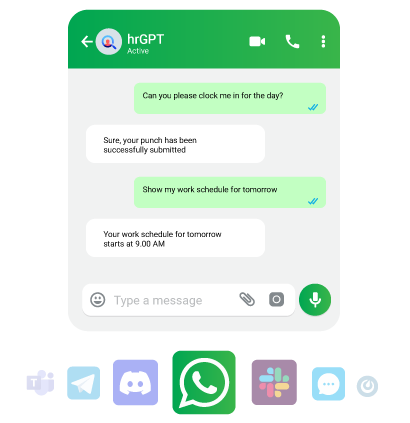

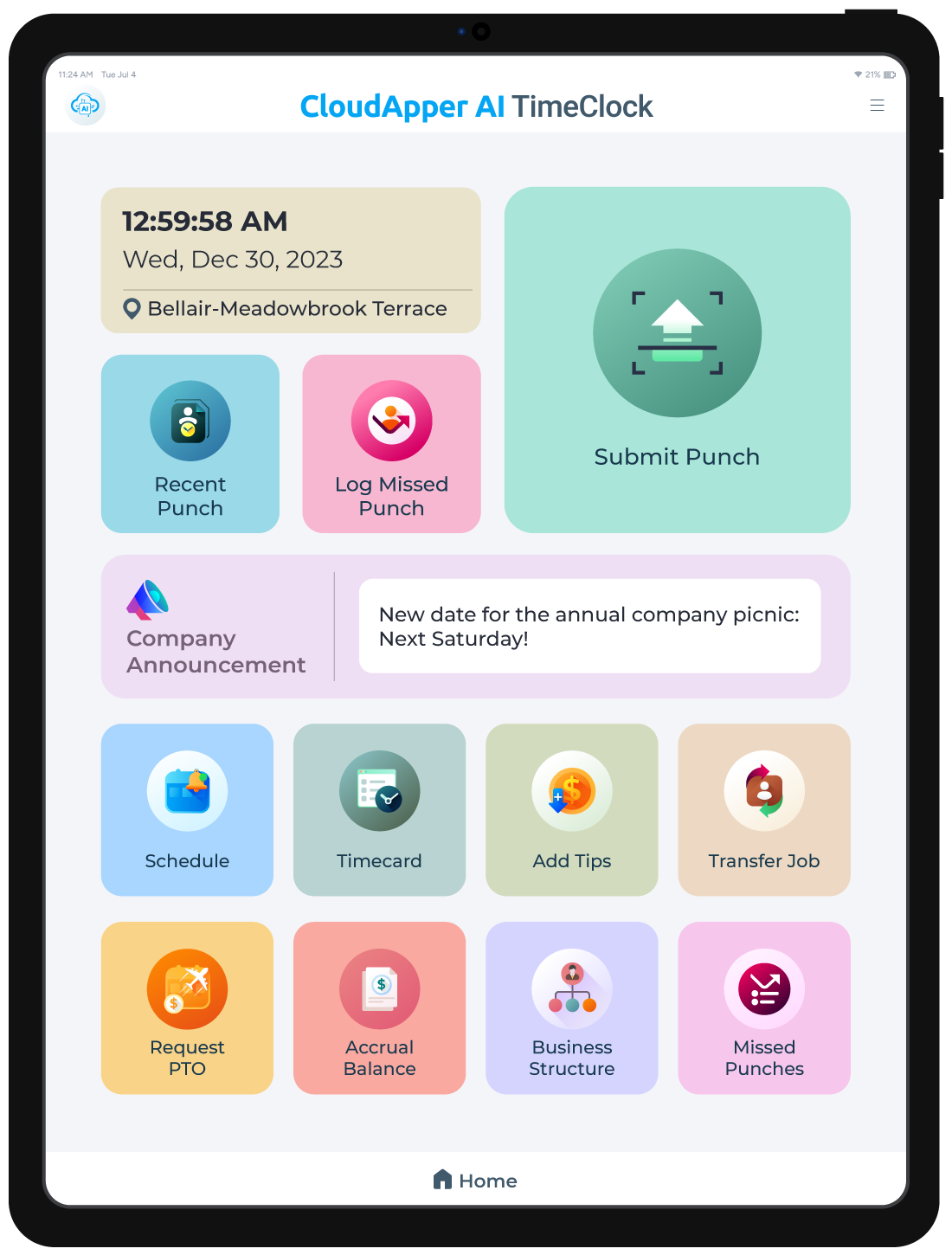
Thanks for sharing such a relevant information.